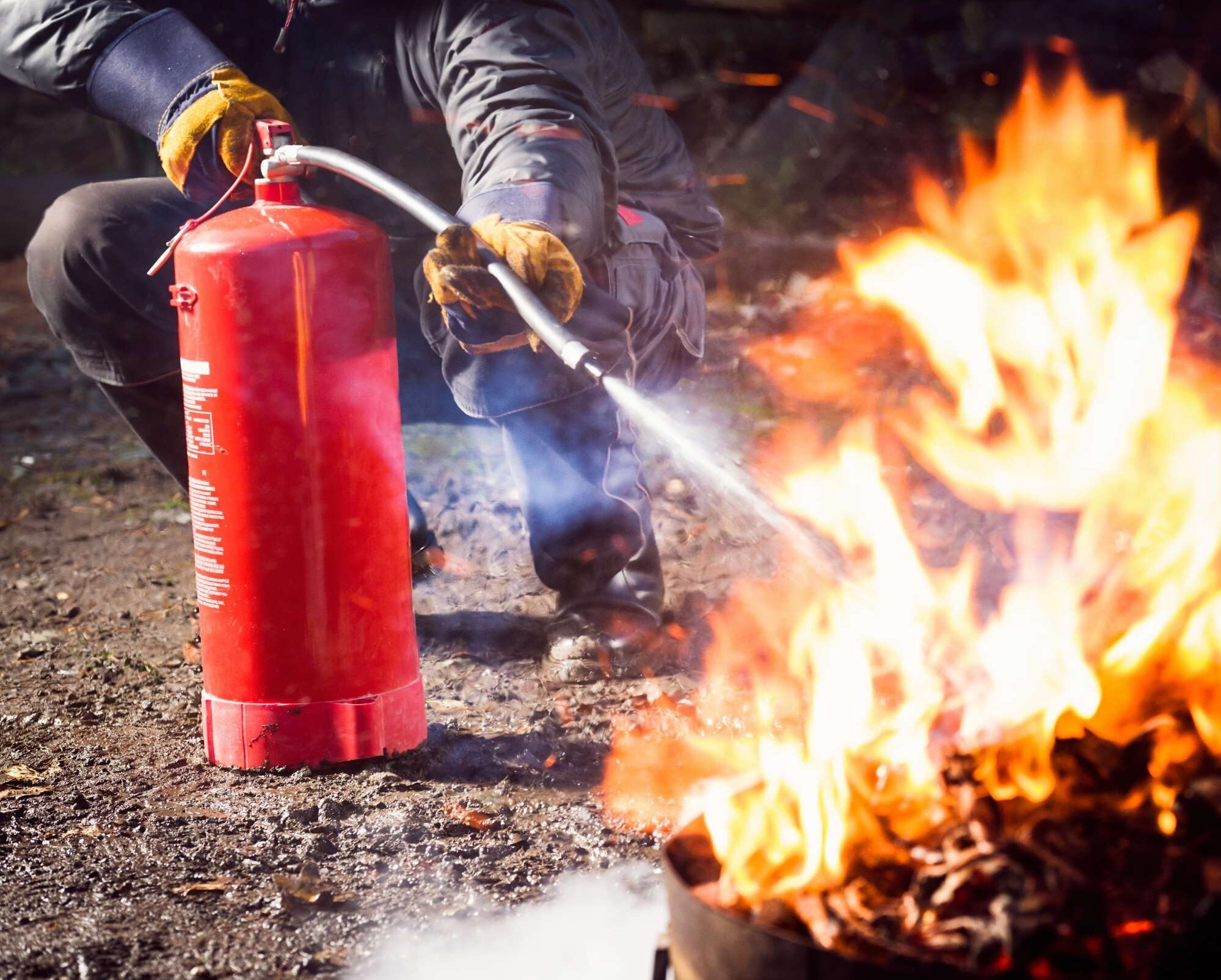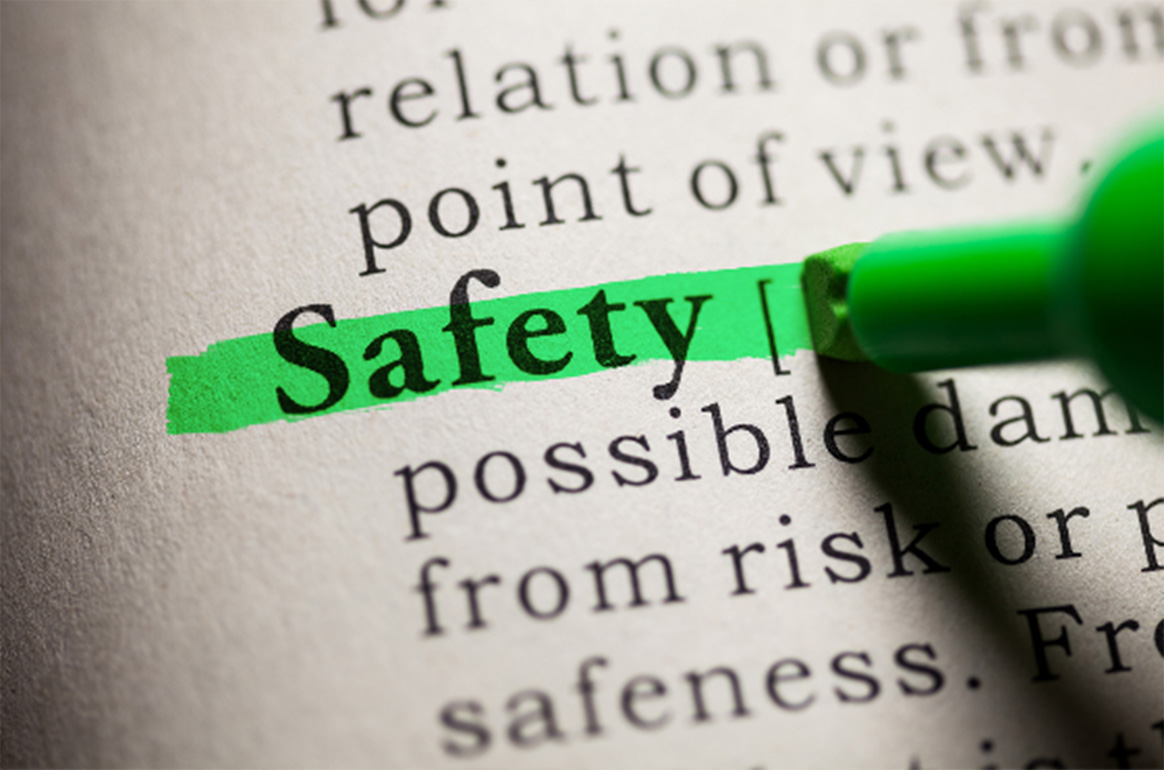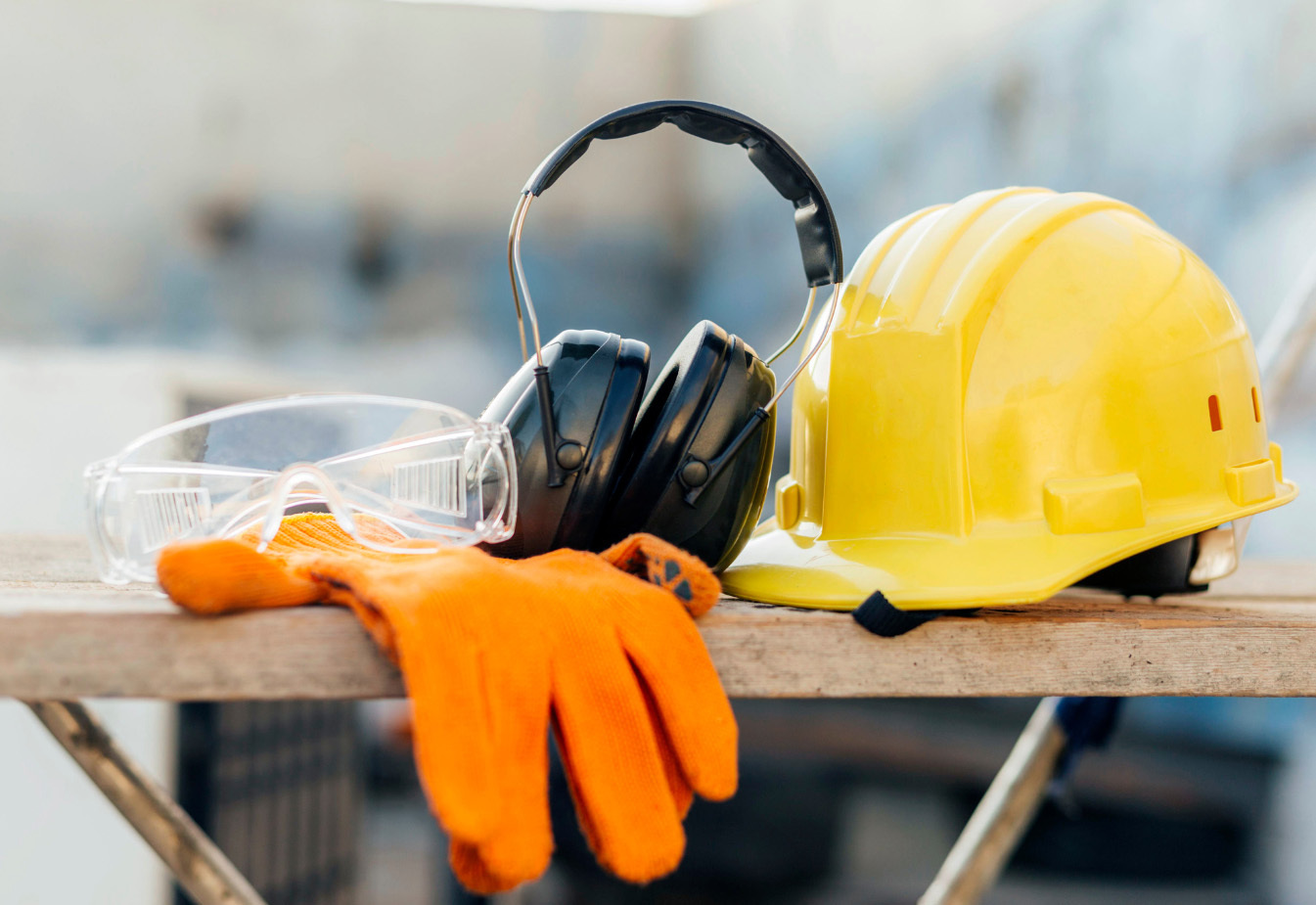Among all health and safety responsibilities in the workplace, fire safety is perhaps the most important – and certainly the most prominent. With more than 13,000 fires attended by Fire and Rescue Services last year in workplaces and other non-residential buildings, accidental and deliberate fires remain a huge concern.
Most people think that the responsibilities for fire safety rest solely on the employer, but fire safety in the workplace is a shared effort among employers, employees, fire wardens/marshals, and even governmental organisations.
Here’s a brief look into who plays key roles in ensuring fire safety awareness in the workplace:

Employers
The employer, also most likely the ‘responsible person’, bears the primary responsibility for fire safety in the workplace. As the overall decision-maker and provider of business resources, they are pivotal in fire safety awareness.
According to the Regulatory Reform (Fire Safety) Order 2005, employers must:
- Conduct a comprehensive fire risk assessment to identify potential hazards
- Implement fire prevention measures and emergency procedures
- Provide fire safety training to employees
- Ensure fire extinguishers, alarms, and exits are maintained and accessible
Employees
While employers create the framework, employees are ultimately responsible for adhering to fire safety rules and procedures. Their roles include:
- Staying informed about fire safety training and procedures
- Reporting potential fire hazards or faulty equipment
- Acting responsibly during emergencies and evacuation drills
When employees actively participate, this builds and strengthens the overall fire safety culture of the workplace.

Fire Wardens
In Article 18 of the Regulatory Reform (Fire Safety) Order 2005, employers are required to appoint one or more trained people to help in carrying out preventive and protective fire safety measures. In many organisations, the duties of fire wardens/marshals involve:
- Assisting the employer with routine fire risk assessments
- Spotting, fixing, and/or reporting any fire hazards
- Regularly checking fire alarms, extinguishers, and emergency exits
- During an emergency, acting quickly to ensure everyone is alerted to a fire
- Acting as points of contact during emergencies
Appointing and fully training fire wardens ensures that fire safety standards are consistently upheld.

Government Authorities
Local fire authorities and government bodies provide the regulatory framework for workplace fire safety. They enforce laws, offer guidance, and conduct inspections to ensure organisations meet their obligations.
The main pieces of fire safety legislation are:
- Fire and Rescue Services Act 2004
- Regulatory Reform (Fire Safety) Order 2005
Additional fire safety guidance is also crucial and can sometimes differ depending on industry, because some workplaces are more prone to fire accidents or arson than others.
To enforce the law, fire safety inspectors have the power to enter premises to carry out an inspection to ensure that a business is not breaking any laws.
Altogether, these authorities form the backbone of fire safety policies that employers and employees must follow.

To conclude, fire safety awareness in the workplace cannot be the responsibility of a single entity. It requires the collective effort of employers, employees, fire wardens, and governmental authorities to create a safe and compliant environment.
By understanding and embracing their roles, everyone in the workplace contributes to minimising the risk of fires and ensuring swift action in the event of one, whilst also protecting lives and property.



